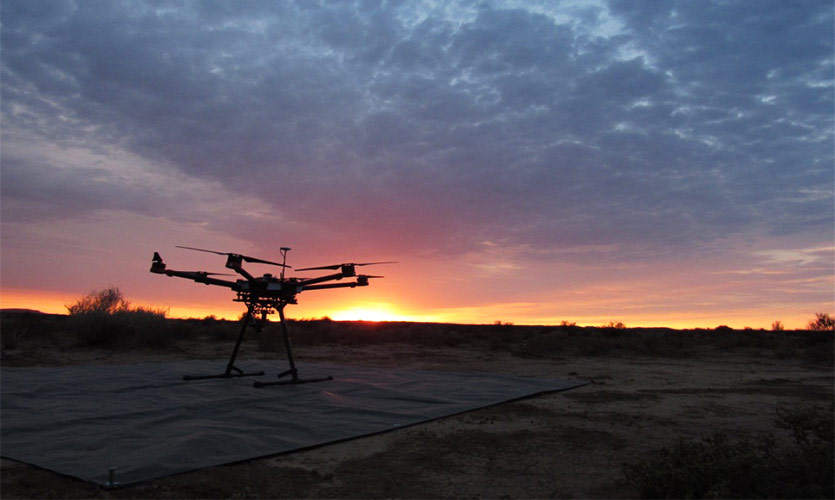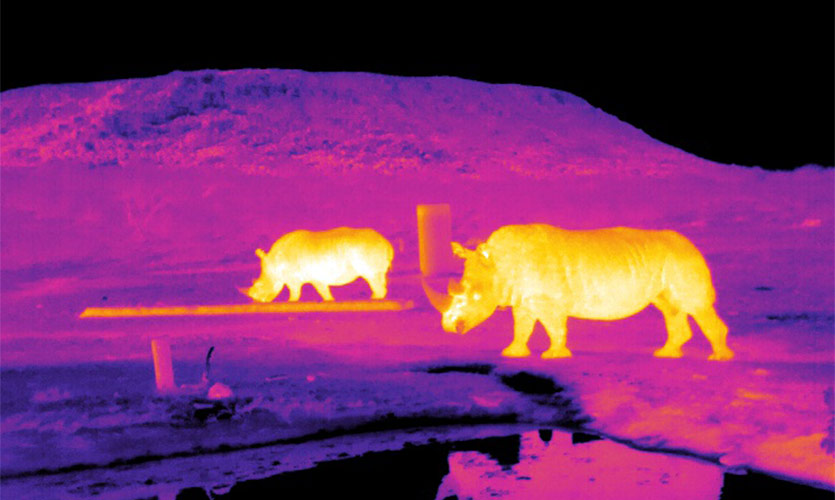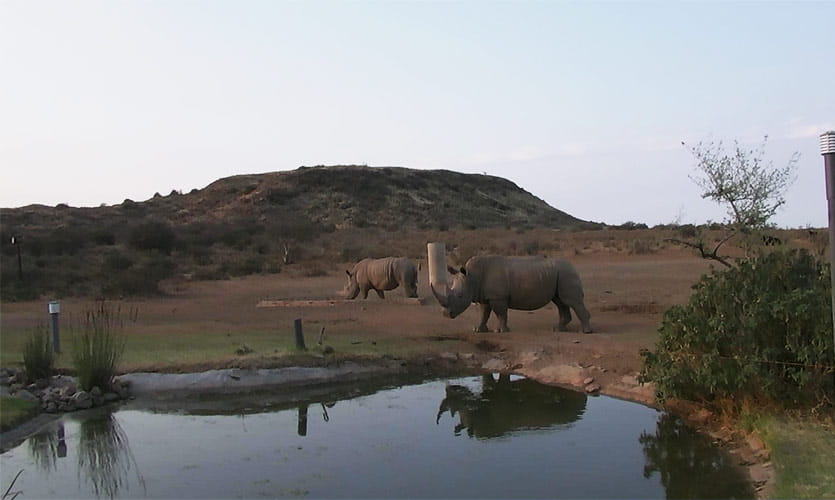Astro-ecology: Saving endangered animals with software for the stars
Astrophysical software and techniques are applied to thermal infrared imagery captured by drones to automatically detect and identify animals – even at night, when most poaching activity occurs. The drones can survey large areas of difficult terrain from above, allowing ecologists to access hard to reach areas and monitor wildlife without disturbing the animals.
Details of the system were presented at the annual meeting of the European Astronomical Society in Liverpool by LJMU’s Dr Claire Burke.
The idea was developed by Professor Serge Wich, a conservationist in the School of Natural Sciences and Psychology, and Dr Steve Longmore from the LJMU Astrophysics Research Institute (ARI).
The system has the potential to greatly improve the accuracy of monitoring endangered species and so help save endangered species.
Dr Claire Burke, who is also based at the ARI, explained: “With thermal infrared cameras, we can easily see animals as a result of their body heat, day or night, and even when they are camouflaged in their natural environment. Since animals and humans in thermal footage 'glow' in the same way as stars and galaxies in space, we have been able to combine the technical expertise of astronomers with the conservation knowledge of ecologists to develop a system to find the animals or poachers automatically.”
The project is based around machine-learning algorithms and astronomical detection tools developed through the open source software, Astropy. Following an initial pilot project to test the concept with infrared footage of cows and humans filmed by drone at a farm in the Wirral, the team at LJMU has worked with Knowsley Safari and Chester Zoo to build up libraries of imagery to train the software to recognise different types of animals in different types of landscape and vegetation. Now, the team is embarking on field tests with endangered species.
“We held our first field trial in South Africa last September to detect Riverine rabbits, one of the most endangered species of mammal in the world. The rabbits are very small, so we flew the drone quite low to the ground at a height of 20 metres. Although this limited the area we could cover with the drone, we managed five sightings. Given that there have only been about 1000 sightings of Riverine rabbits by anyone in total, it was a real success.”
The team has developed software that models the effects of vegetation blocking body heat, allowing the detection of animals concealed by trees or leaves. The system is now being refined and upgraded to compensate for atmospheric effects, weather and other environmental factors. The technical aspects of the project will be presented at EWASS by Maisie Rashman on Wednesday 4 April.
“Humidity can be an issue, but our biggest problems occur when the temperature of the ground is very similar to that of the animal we are trying to detect,” commented Rashman.
The astro-ecologists face their next field challenges in May, looking for orangutans in Malaysia and spider monkeys in Mexico, followed in June by a search for river dolphins in Brazil.
“Our aim is to make a system that is easy for conservationists and game wardens to use anywhere in the world, which will allow endangered animals to be tracked, found and monitored easily and poaching to be stopped before it happens,” said Dr Burke.
The research has been covered across international media including the BBC and the International Business Times
The European Week of Astronomy and Space Science (EWASS 2018) takes place at the Arena and Conference Centre (ACC) in Liverpool from 3 - 6 April 2018. Bringing together around 1500 astronomers and space scientists, the conference is the largest professional astronomy and space science event in the UK for a decade and will see leading researchers from around the world presenting their latest work.
EWASS 2018 is a joint meeting of the European Astronomical Society and the Royal Astronomical Society. It incorporates the RAS National Astronomy Meeting (NAM), and includes the annual meeting of the UK Solar Physics (UKSP) group. The conference is principally sponsored by the Royal Astronomical Society (RAS), the Science and Technology Facilities Council (STFC) and Liverpool John Moores University (LJMU).





